Most Liquid Forex Currency Pairs
The Forex market, a global arena for currency trading, is renowned for its staggering daily trading volume. At the heart of this market’s allure is the concept of liquidity – a critical aspect that determines the ease and speed with which an asset can be traded without significantly affecting its price. In this article, we delve into the most liquid Forex currency pairs of 2024, providing traders with valuable insights into the pairs that promise the tightest spreads, robust trading volume, and, consequently, the best trading opportunities who understand its intricacies. One such intricacy is the concept of ‘liquidity’.
Liquidity in the Forex market refers to the extent to which a particular currency pair can be bought or sold without causing significant price changes. It’s a fundamental concept that directly influences the volatility, spreads, and potential profit in trading. High liquidity implies a high volume of trading activity, leading to tighter spreads and lower transaction costs.
Trading the most liquid currency pairs offers numerous benefits. The high trading volume provides ample opportunities for traders to enter and exit positions. Price action in these pairs is smoother due to the large number of participants, reducing the risk of price manipulation.
Understanding Liquidity in Forex Trading
In the realm of Forex trading, liquidity the lifeblood of the Forex market, a critical factor that can mean the difference between a profitable trading opportunity and a missed one. Liquidity represents the presence of a sufficient number of buyers and sellers at any given price level, ensuring that trades can be executed quickly and at stable prices.
The importance of liquidity in currency trading cannot be overstated. It directly impacts the transaction costs for traders, as highly liquid markets are typically associated with lower spreads—the difference between the bid and ask price. For instance, the EUR/USD, being one of the most liquid currency pairs, often enjoys tight spreads, making it a cost-effective option for traders. In contrast, less liquid pairs may have wider spreads, increasing the cost of entry and exit, and thereby affecting the risk-reward ratio that traders must consider.
Moreover, liquidity is a buffer against excessive volatility. In a liquid market, large trades can be absorbed without a significant effect on price, allowing for more predictable and gradual price movements. This predictability is crucial for traders utilizing technical analysis and trading strategies that rely on subtle price action and chart patterns. High liquidity also enables the efficient use of trading orders such as stop-loss and take-profit orders, which are vital tools in a trader’s risk management arsenal.
The interplay between liquidity and pricing is also evident during different trading sessions. For example, the liquidity for certain currency pairs is higher during the London or New York sessions when the relevant markets are open, leading to more competitive pricing and opportunities for scalping or intraday trading.
In essence, understanding and harnessing liquidity is a cornerstone of successful Forex trading. It allows for better planning of entry and exit points, more effective use of leverage and margin, and ultimately, a more nuanced approach to the forex market’s ebb and flow. As traders navigate through the Forex market’s liquidity landscape, they can better position themselves to capitalize on the fluidity of currency correlations, economic calendars, and market sentiment, all of which are influenced by the ever-present current of liquidity.
How to Measure Liquidity
In the MetaTrader 4 and MetaTrader 5 trading platforms, there are no specialized standard indicators that directly measure the liquidity of a currency pair. Liquidity is usually assessed indirectly through other parameters such as trading volumes (Volume), spreads (Spread), and price movements.
However, traders can use several tools and methods to assess liquidity:
Volume Indicators: Although trading platforms MT4/5 does not provide data on real trading volumes in the Forex market segment, they can show tick volume (the number of price changes over a certain period), which can serve as an indirect indicator of trading activity. Here the sum of all Sell and Buy orders held by retail traders FXSSI.OpenInterest.
Spread Indicator: There are custom indicators that display the current spread of a currency pair in real-time. A narrow spread often indicates high liquidity, while a wide spread may indicate low liquidity.
Assessing Market Liquidity
To gauge the liquidity of the Forex market, one must look at the trading volume. It acts as a barometer, reflecting the ease with which a currency pair can be traded. High trading volumes signal a dense marketplace, where orders can be executed swiftly and at prices close to the desired entry points. This fluidity is essential during trading sessions when rapid movements are the norm, and the ability to enter and exit positions quickly can make a significant difference in trading outcomes. Moreover, the trading volume during the London and New York sessions can serve as a liquidity indicator, with these periods typically showcasing the pinnacle of market activity.
Benefits of Trading Liquid Pairs
Trading liquid currency pairs comes with a suite of advantages. The most palpable is the lower cost of trading, as these pairs often come with tighter spreads. This cost-effectiveness can be a boon, especially for strategies like scalping, where every pip counts. Additionally, liquid pairs allow for fast execution, enabling traders to capitalize on forex signals and enter the market at optimal price points. The predictability of price trends in these pairs, due to less slippage, also means that stop-loss and take-profit orders can be more effectively employed, safeguarding investments and locking in gains.
The Most Forex Liquid Pairs
In the vast ocean of Forex trading, certain currency pairs stand out for their liquidity, akin to well-traveled waterways bustling with activity. These pairs are the superhighways of the Forex market, offering traders a smoother ride with less turbulence in price action. Their liquidity ensures that forex signals are more reliable and chart patterns hold true.
#1 EUR/USD

The EUR/USD pair, often referred to as the “Fiber,” is a titan in the Forex market, boasting the largest trade volume and liquidity. It accounts for a staggering percentage of all Forex transactions, estimated to be around 25%. It is more than 5 trillion dollars in average turnover per day. This immense volume is a testament to the pair’s stability and the vast economic strength of both the Eurozone and the United States. Traders favor the EUR/USD for its predictable price action and tight spreads, making it an ideal candidate for various trading strategies, from day trading to long-term fundamental analysis.
#2 USD/JPY
Known colloquially as the “Gopher,” the USD/JPY is another heavyweight in the currency market, representing approximately 17.7% of all Forex trades. The pair is renowned for its liquidity, especially during the Asian and New York trading sessions, when economic activity between the United States and Japan reaches its peak. The high trade volume ensures that spreads remain tight, and price trends are more discernible, which is particularly beneficial for technical traders who rely on candlestick charts and candle patterns for their trading signals.
#3 GBP/USD
The GBP/USD pair, with the affectionate nickname “Cable,” commands a significant presence in the Forex market, contributing to roughly 9.6% of global Forex volume. This pair is characterized by its liquidity and rapid price movements, which can offer lucrative opportunities for traders who understand the intricacies of both the British and American economies. The pair’s volatility can lead to wider spreads, but the high trade volume also provides ample opportunity for scalping and swing trading strategies.
#4 AUD/USD
The AUD/USD pair, or “Aussie,” holds its own in the Forex arena, making up about 5.4% of the world’s Forex transactions. It’s a favorite among traders who seek to capitalize on the trade relations between Australia and its large trading partners. The liquidity of the AUD/USD ensures that traders can enjoy relatively stable spreads and benefit from the economic indicators and commodity price fluctuations that frequently drive the pair’s market sentiment.
#5 USD/CAD
The USD/CAD pair, often called the “Loonie,” accounts for around 4.4% of global Forex trades. The close economic ties between Canada and the United States are reflected in the pair’s liquidity, with consistent trade volumes ensuring smooth price action and manageable spreads. This pair is particularly responsive to oil price changes, given Canada’s status as a major oil exporter, making it a prime choice for traders who integrate fundamental analysis and economic calendars into their trading strategies.
Non-Liquid Forex Trades
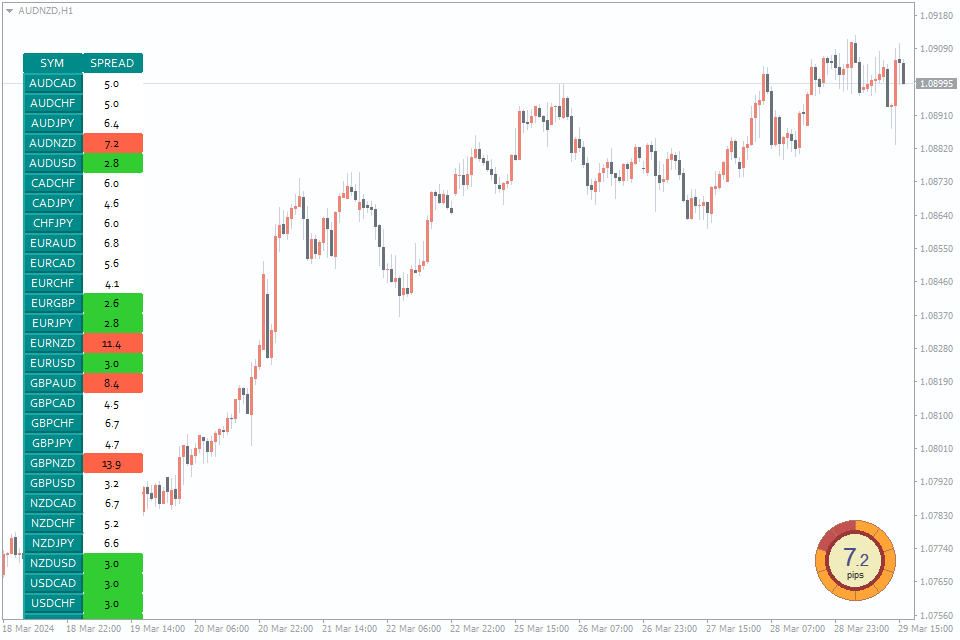
In the bustling world of Forex trading, while attention often gravitates towards the most liquid currency pairs, there exists the other end of the spectrum: the least traded pairs, often referred to as ‘exotic pairs.’ These pairs typically involve a major currency paired with the currency of a developing economy, such as USD/TRY (U.S. dollar/Turkish lira) or EUR/ZAR (Euro/South African rand). The trade volumes for these pairs are considerably lower, which translates into less liquidity and wider spreads.
Trading exotic pairs comes with a unique set of challenges and risks. Due to the lower trade volumes, these pairs can experience abrupt price movements and heightened volatility. This can be attributed to economic instability, political uncertainty, or significant events within the emerging markets.
Strategies for Trading the Most Liquid Pairs
When it comes to liquid markets, certain strategies stand out. Trend-following systems thrive in these environments, where the high volume and smooth price trends allow for clear identification of entry and exit points. Scalping becomes a viable tactic as well, due to the rapid execution and tight spreads that can be exploited for small, frequent gains. Day trading and swing trading also benefit from the stability of liquid pairs, as the reduced slippage and volatility make it easier to predict price movements and plan trades accordingly. In leveraging high liquidity, traders can also use risk management strategies more effectively, setting precise stop-loss orders and take-profit points to protect their capital and maximize returns.
Risks and Considerations
While trading the most liquid Forex currency pairs comes with many benefits, traders must remain vigilant of the inherent risks. One such risk is the potential for over-leveraging due to the allure of low spreads and quick execution. This can lead to magnified losses if the market moves unfavorably. Additionally, even the most liquid markets can experience periods of volatility during economic announcements or geopolitical events, which can result in price gaps and slippage. Choose the right volatility tools for you here. To mitigate these risks, traders should employ prudent money management strategies, including setting appropriate leverage levels and using stop-loss orders to protect their capital. It’s also crucial to stay informed about the economic calendar and market sentiment to anticipate and prepare for market-moving events.
Conclusion
The advantages of trading the most liquid Forex currency pairs are clear: tighter spreads, more substantial market depth, and heightened predictability. These pairs provide a robust framework for executing a variety of trading strategies, from scalping to swing trading, with increased efficiency and reduced costs. As traders, applying the knowledge of market liquidity and integrating sound risk management strategies can lead to a more disciplined and potentially profitable trading experience. Whether you’re a beginner or a seasoned market participant, embracing the opportunities offered by the most liquid pairs can be a pivotal step in your Forex trading journey.




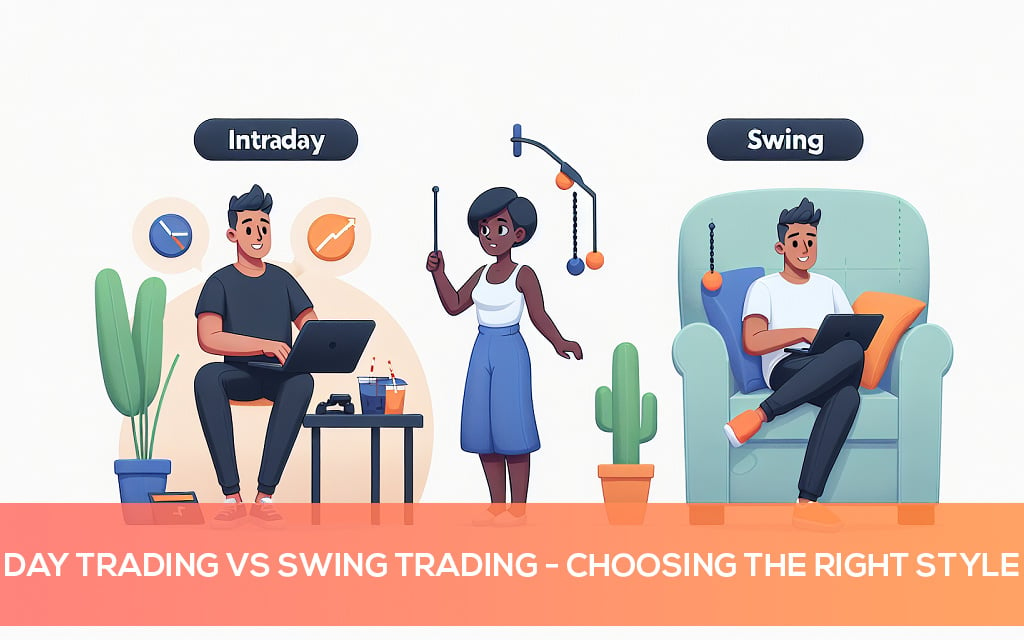










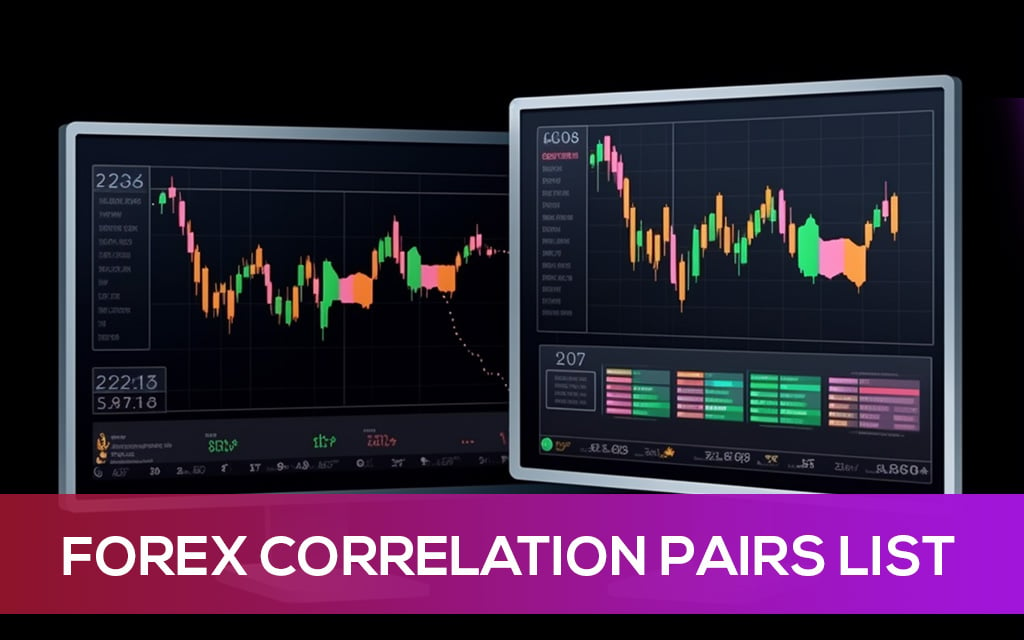





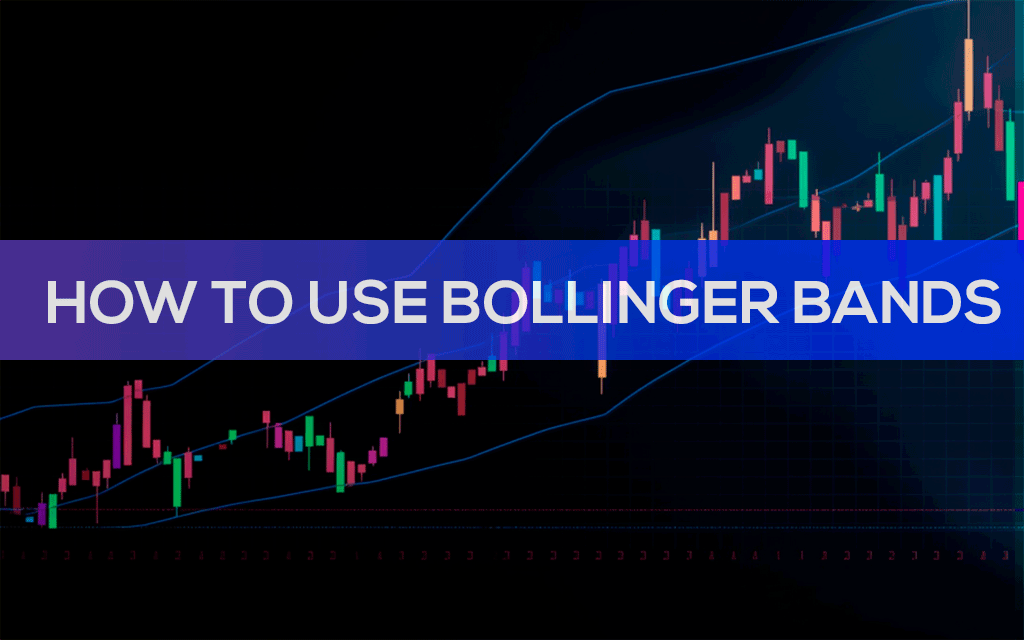
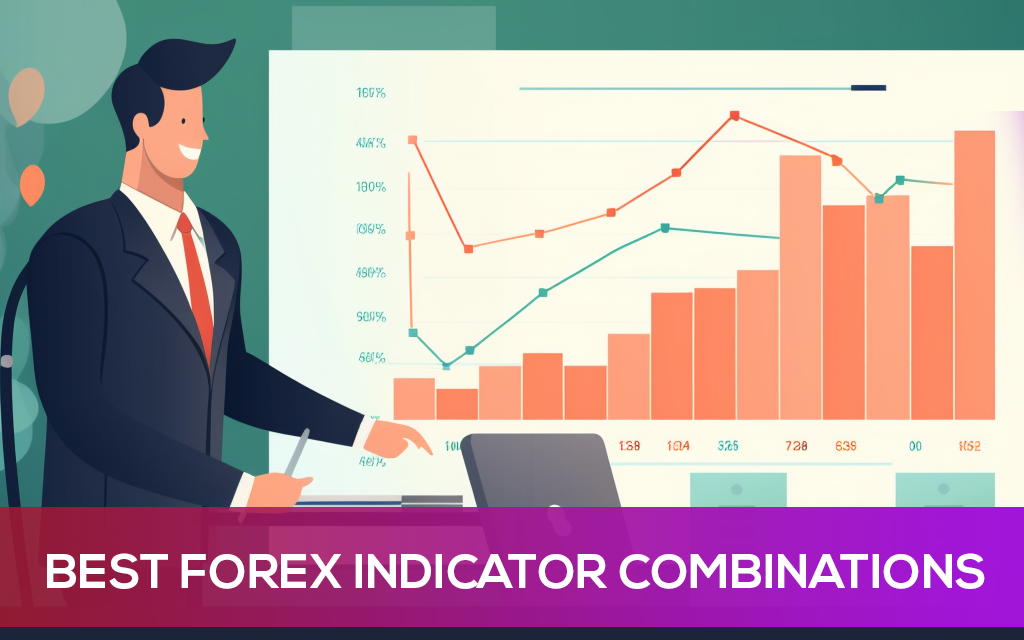

Leave a Reply